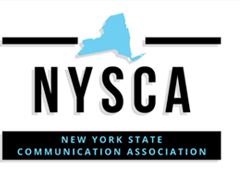Abstract
In 1992, Pepsi created a marketing ploy to increase interest in its products in the Philippines. The game was aptly called “Number Fever,” and participants had to look at the number printed underneath the cap of their soft drink bottle and listen to the announcement of the winning numbers on the radio and evening news. Filipinos “went crazy for Number Fever. Everyone was trying their luck. Winners were announced daily and suddenly Pepsi seemed to be everyone’s favorite drink” (Radeska, 2018, para. 3). The number “349” was announced for the jackpot and unfortunately thousands held the winning bottle cap. This created a serious problem for Pepsi and led to riots, deaths, conspiracy theories, lawsuits, legislation and consumer activism. Filipinos have since added the saying 349ed as a “generic term for being duped” (Lopez, 1994, Inside Story section). This paper will use rhetorical arena theory and cluster analysis of newspaper articles to see how the media characterized the voices that emerged during the Number Fever crisis.
Recommended Citation
Pulos, Rick
(2021)
"Pepsi-Cola's Number Fever Fiasco: How the Media Portrays the Actors of a Crisis,"
Proceedings of the New York State Communication Association: Vol. 2020, Article 8.
Available at:
https://docs.rwu.edu/nyscaproceedings/vol2020/iss1/8
Included in
Journalism Studies Commons, Mass Communication Commons, Organizational Communication Commons

